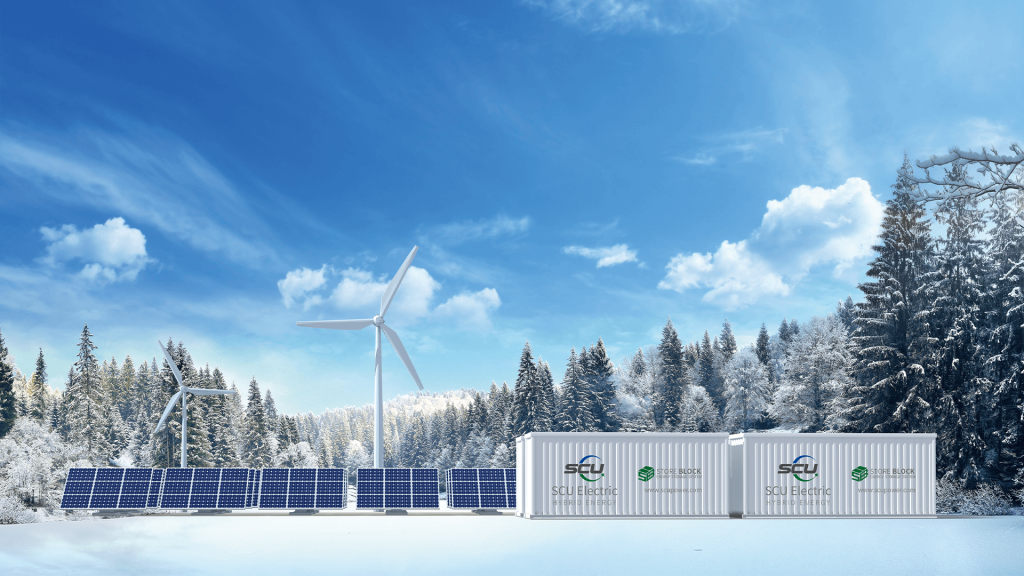2023 will be recognized as the first year of the industrial and commercial energy storage industry. According to industry forecasts, this year’s industrial and commercial energy storage shipments will exceed 8GWh. This number is exciting. This emerging energy storage boom has also spurred the development of the entire industry chain, especially in the field of industrial and commercial energy storage inverters.
Industrial and commercial energy storage inverters: A wave of competition
Industrial and commercial energy storage inverters, as a key component, are experiencing a new round of market entry and product launches. It has a similar origin to photovoltaic inverters, so many inverter manufacturers are actively participating in the competition of industrial and commercial energy storage and actively developing corresponding products.
According to a series of industry data, at a certain exhibition this year, as many as 90% of energy storage inverter manufacturers have laid out industrial and commercial energy storage and released related products, which indicates the huge market potential.
A significant trend in the energy storage field this year is that some previously sluggish areas, such as home energy storage and large-scale energy storage, are seeking new growth points. At least one-third of the companies at many energy storage exhibitions have expanded their focus from overseas home energy PCS products to the development of industrial and commercial energy PCS products. In addition, many companies engaged in large-scale energy storage business have also turned their attention to industrial and commercial energy PCS business.
Companies from different backgrounds are drawing larger”concentric circles” and seeking development opportunities in a rapidly competitive market. In this highly competitive environment, industrial and commercial energy storage inverters in 2023 will continue to iterate and upgrade in terms of products, materials, and technology and become the focus of attention.
Product Evolution: The Rise of Modular Energy Storage Inverters
From a systemic perspective, the current mainstream solutions in the industrial and commercial energy storage market are still centered around integrated storage cabinets with specifications such as 100KW/215kWh, 100kW/200kWh, 100KW/233KWh, 186KW/372KWh, and so on. This implies that energy storage inverters in the range of 100KW to 200KW are the most common specifications.
To better meet the diverse needs of industrial and commercial energy storage, some manufacturers have introduced modular PCS (Power Conversion System) designs specifically tailored for these scenarios. This modular design brings flexibility to adapt to the varying electricity demands of different users, enhancing system flexibility and safety and reducing energy losses. It can also be optimized based on project scale and power conditions while providing real-time monitoring to ensure the implementation of intelligent energy storage.

A Material Revolution in Energy Storage PCS: Silicon Carbide Breakthrough
In terms of materials, the introduction of modular industrial and commercial energy storage inverters featuring silicon carbide marks a significant technological breakthrough, representing a major milestone in the field of energy storage inverters. Historically, due to a shortage of talent in IGBT (Insulated Gate Bipolar Transistor) technology, weak process foundations, and a late start in development, the IGBT market has long been dominated by large international multinational companies. The emergence of silicon carbide versions of power devices for energy storage inverters signifies that these challenges are gradually being overcome.
Technological Advancements in Energy Storage PCS: Grid Support Functions
The diversity of requirements in the industrial and commercial energy storage sector has made modular PCS increasingly important because it can meet flexible operational needs and facilitate scalability. Moreover, modular PCS systems need to possess grid support functions, such as primary frequency regulation and rapid scheduling of source-grid-load, to respond to changes in the grid and achieve rapid power adjustments.
Although the current industrial and commercial energy storage market primarily relies on profit generation through peak shaving and valley filling, as industrial and commercial energy storage continues to develop and gradually connects to the grid, the functions of energy storage inverters will also evolve. The industrial and commercial energy storage sector is entering its second and third stages of development, where grid support functions will become even more critical.
In summary, the field of industrial and commercial energy storage inverters is undergoing exciting transformations and breakthroughs in 2023. These include modular product designs, the application of new materials, and the enhancement of grid support functions. These changes will further drive the development of the industrial and commercial energy storage industry, offering more possibilities for the widespread adoption of renewable energy and sustainable development.
